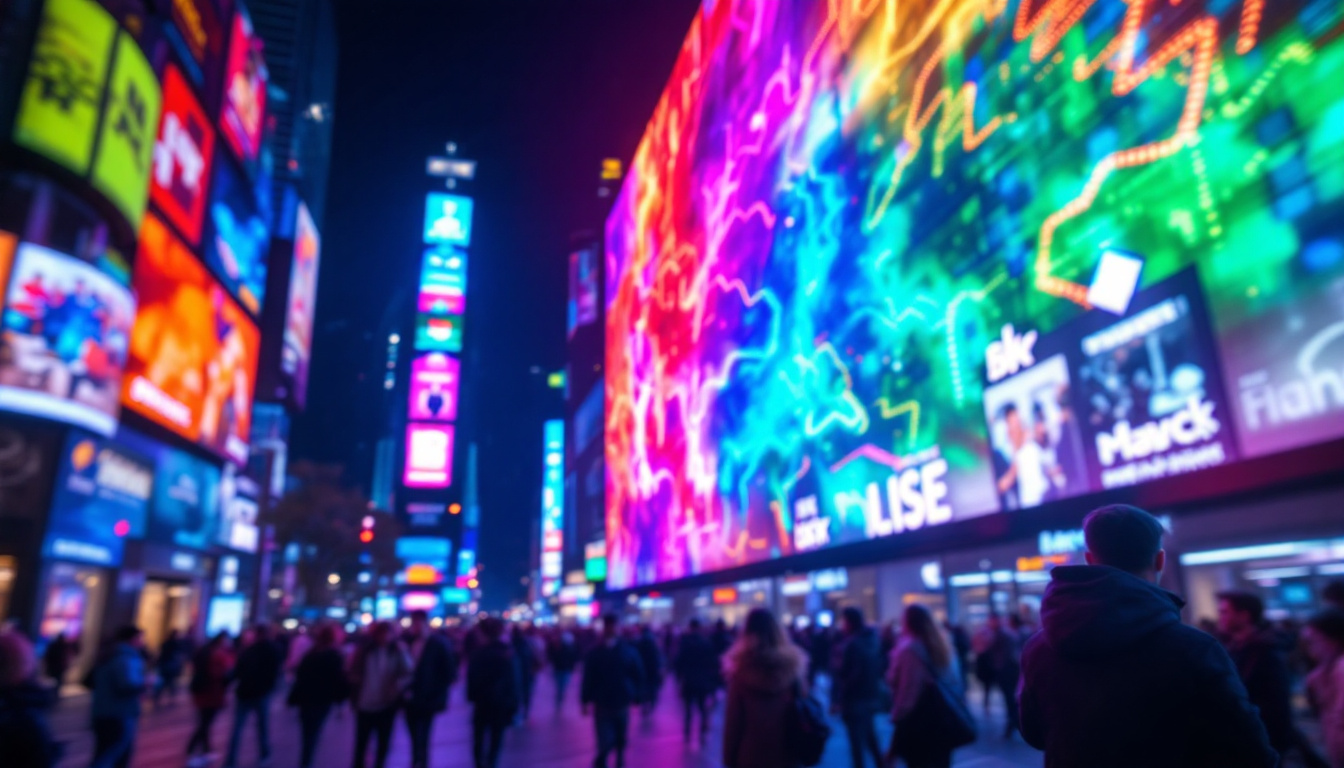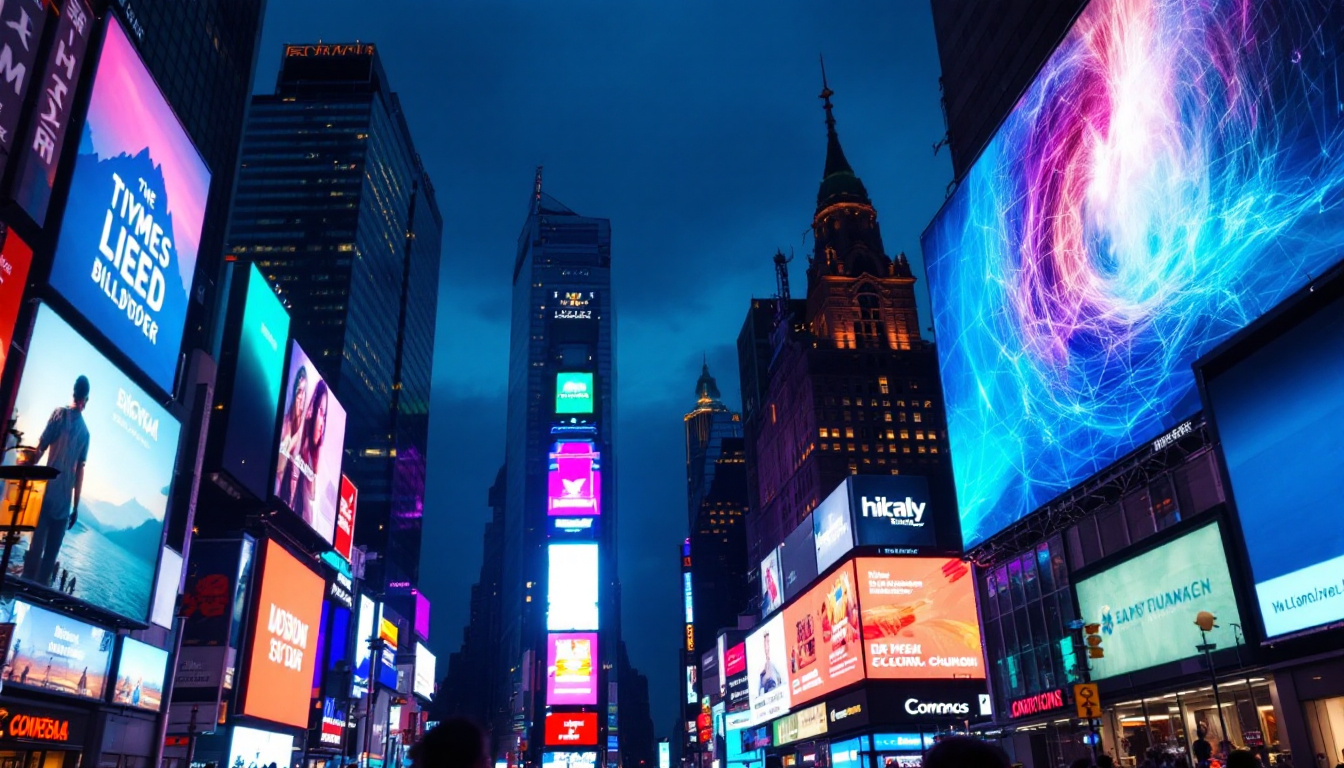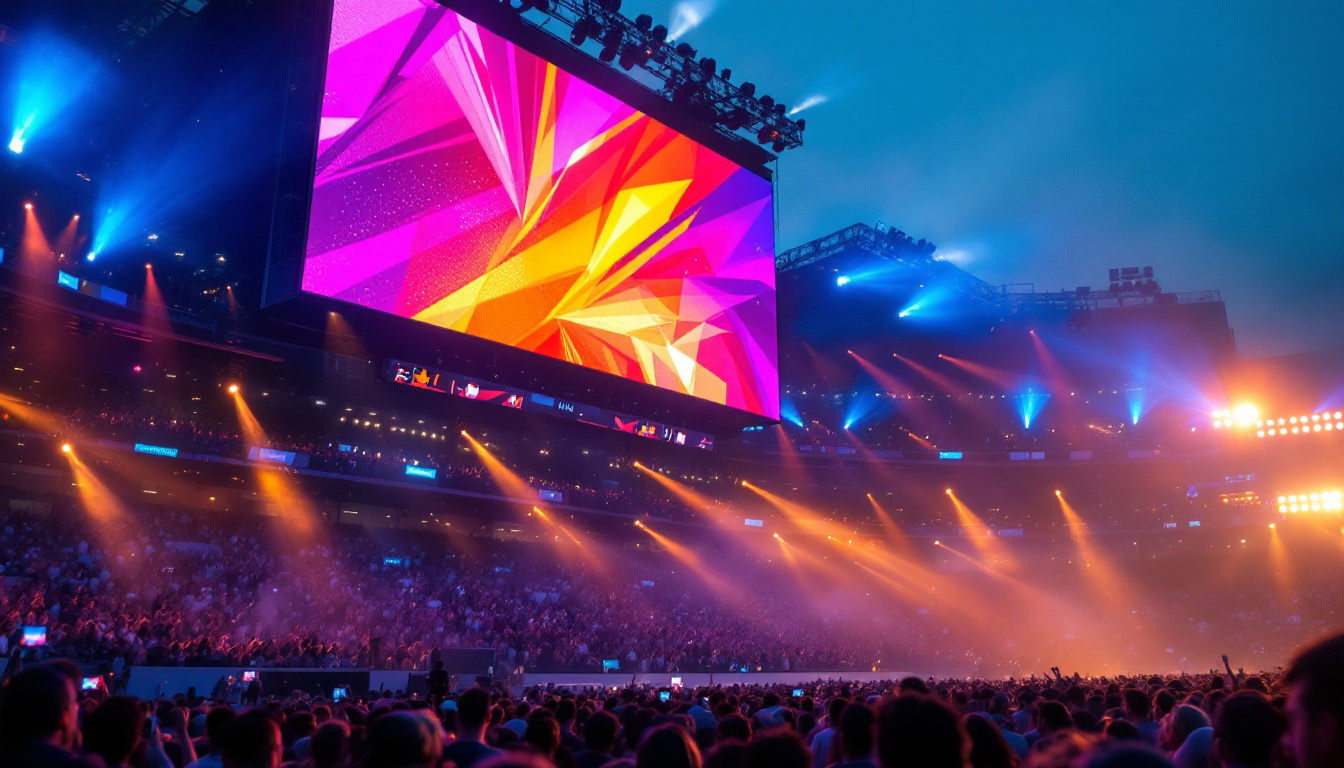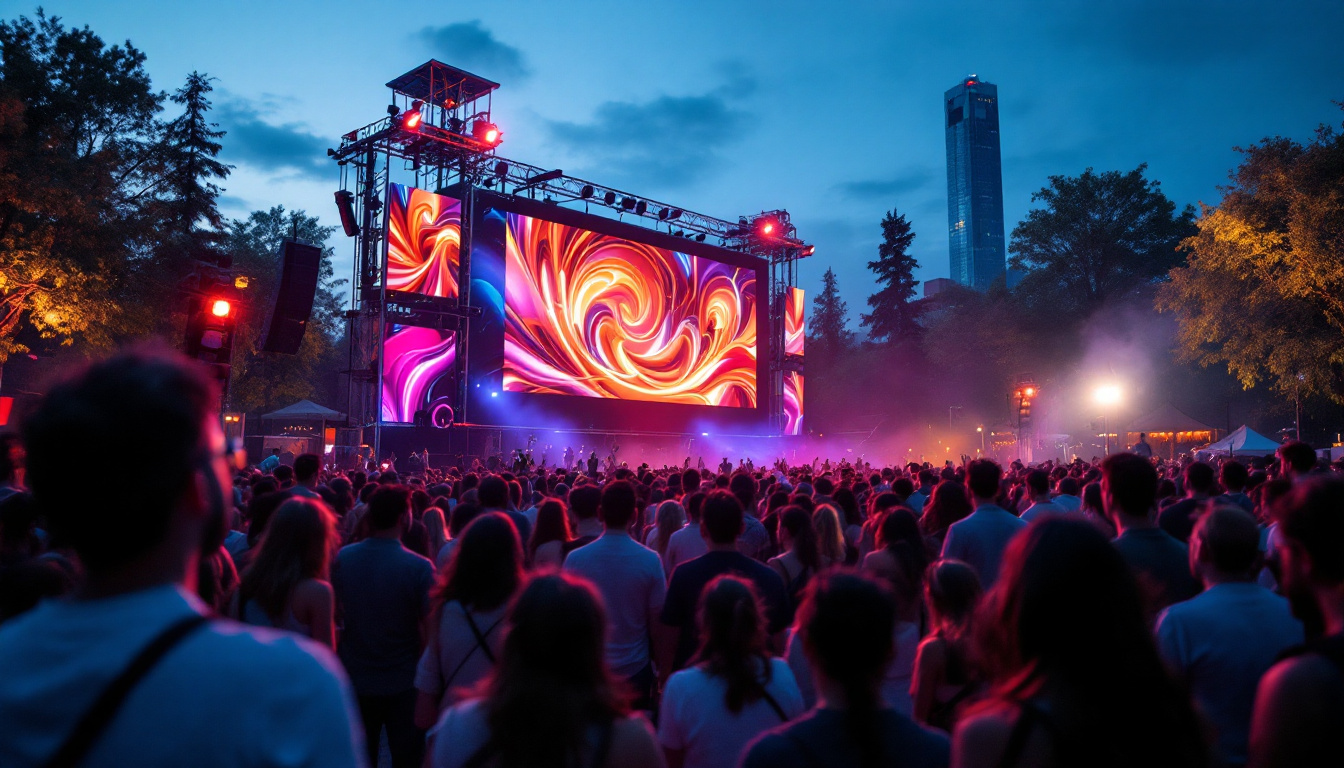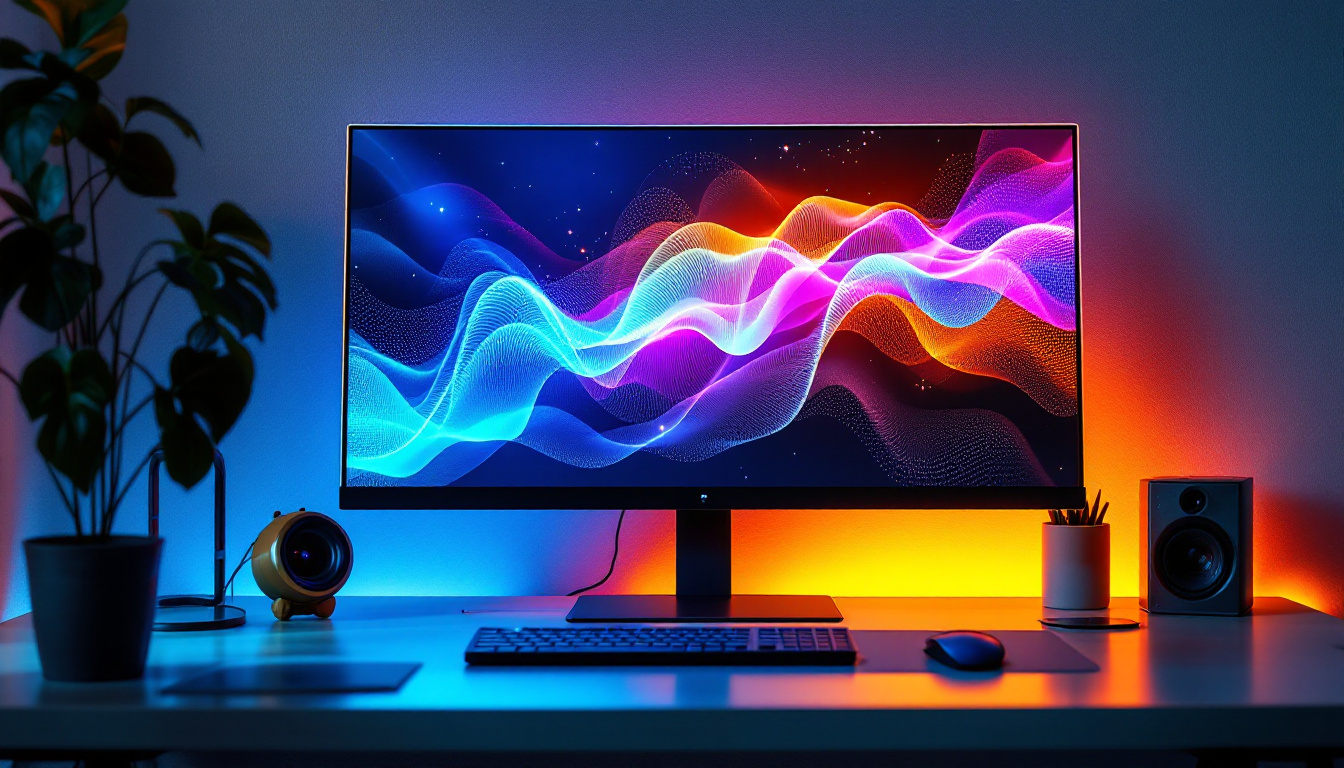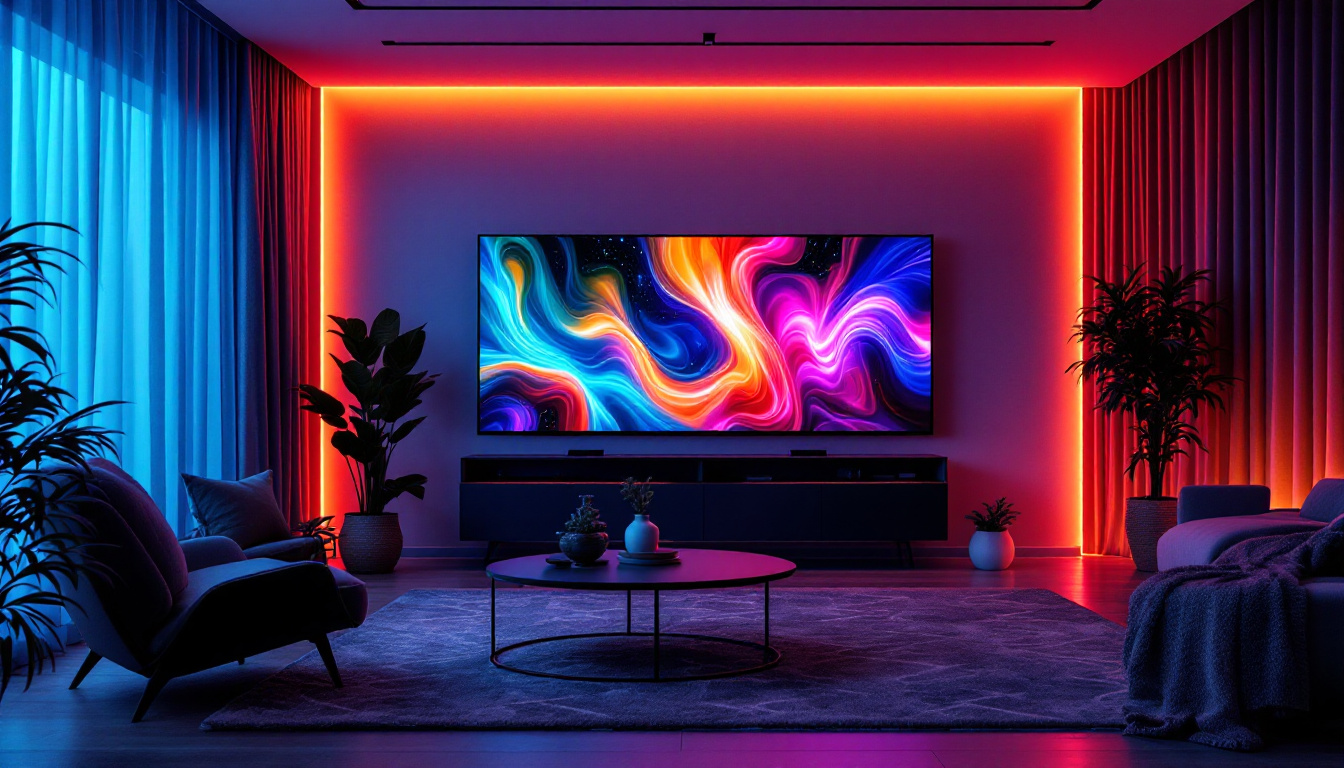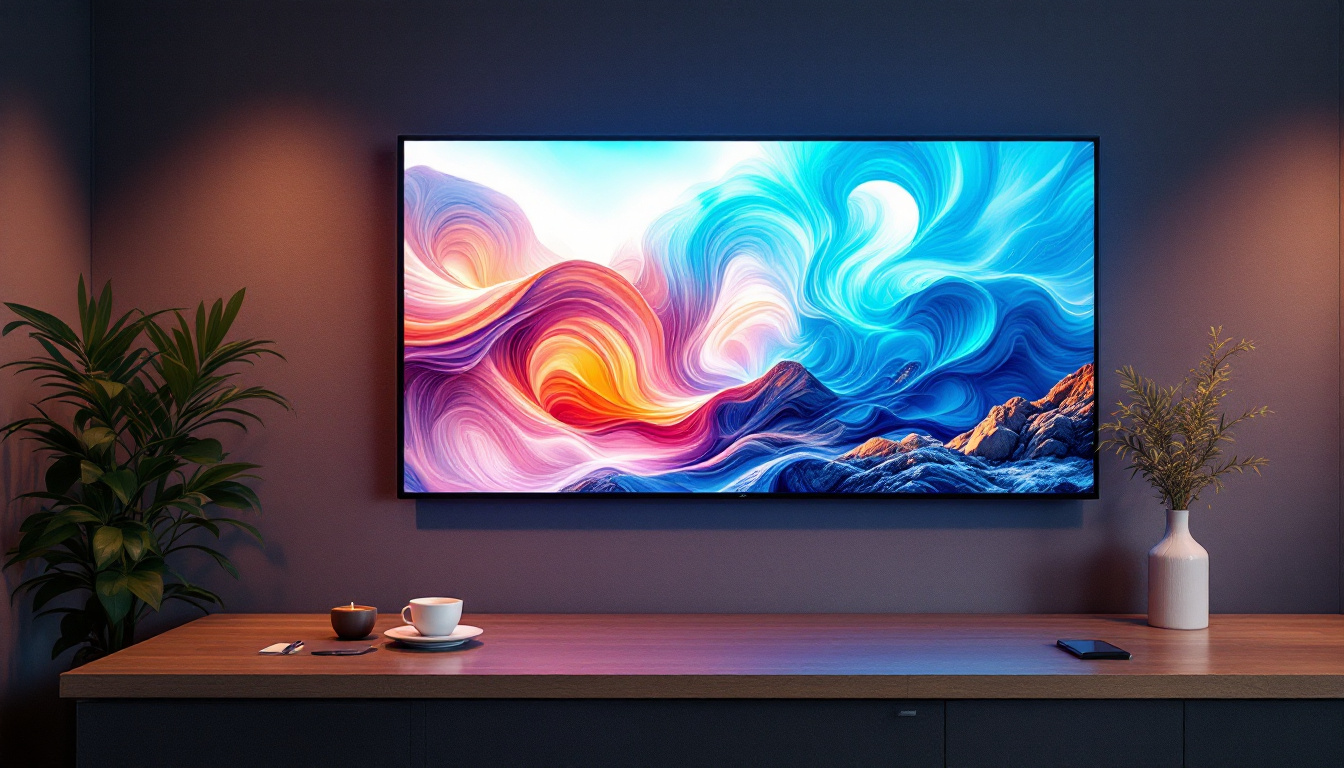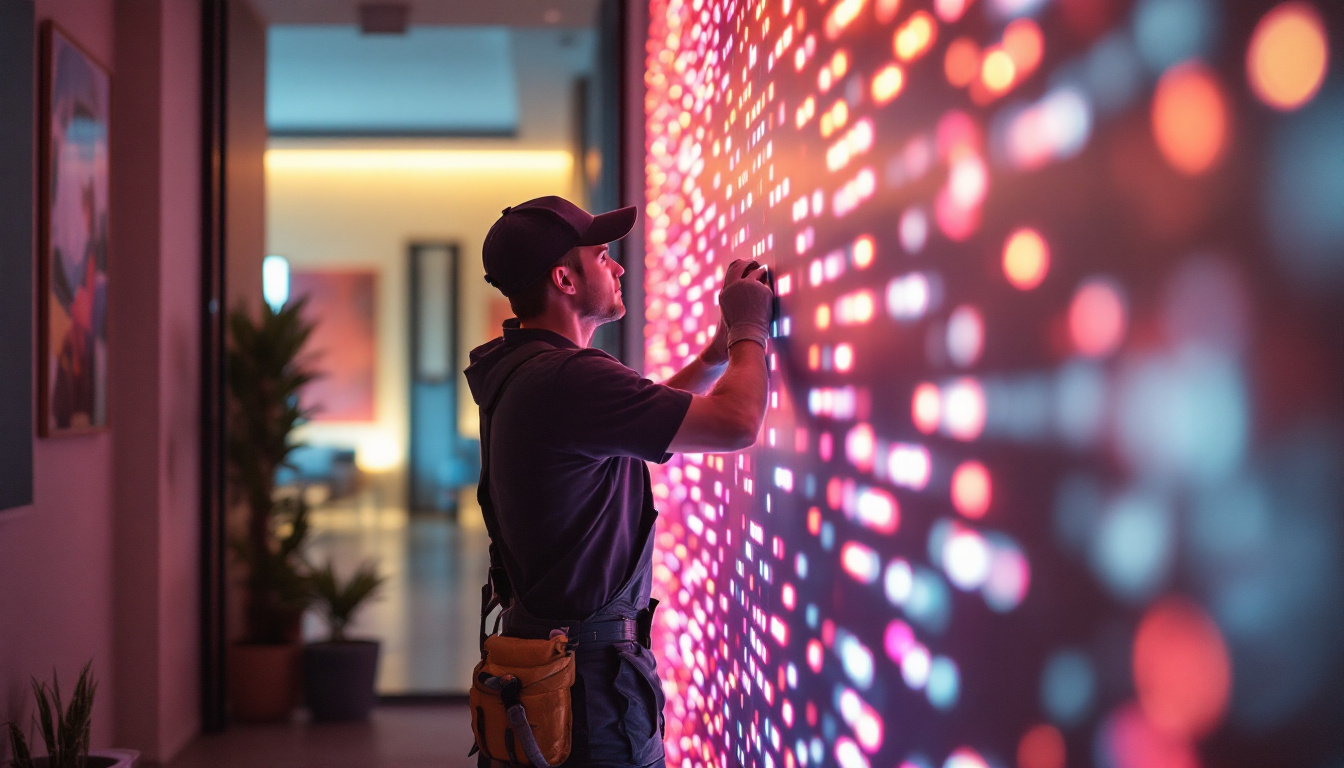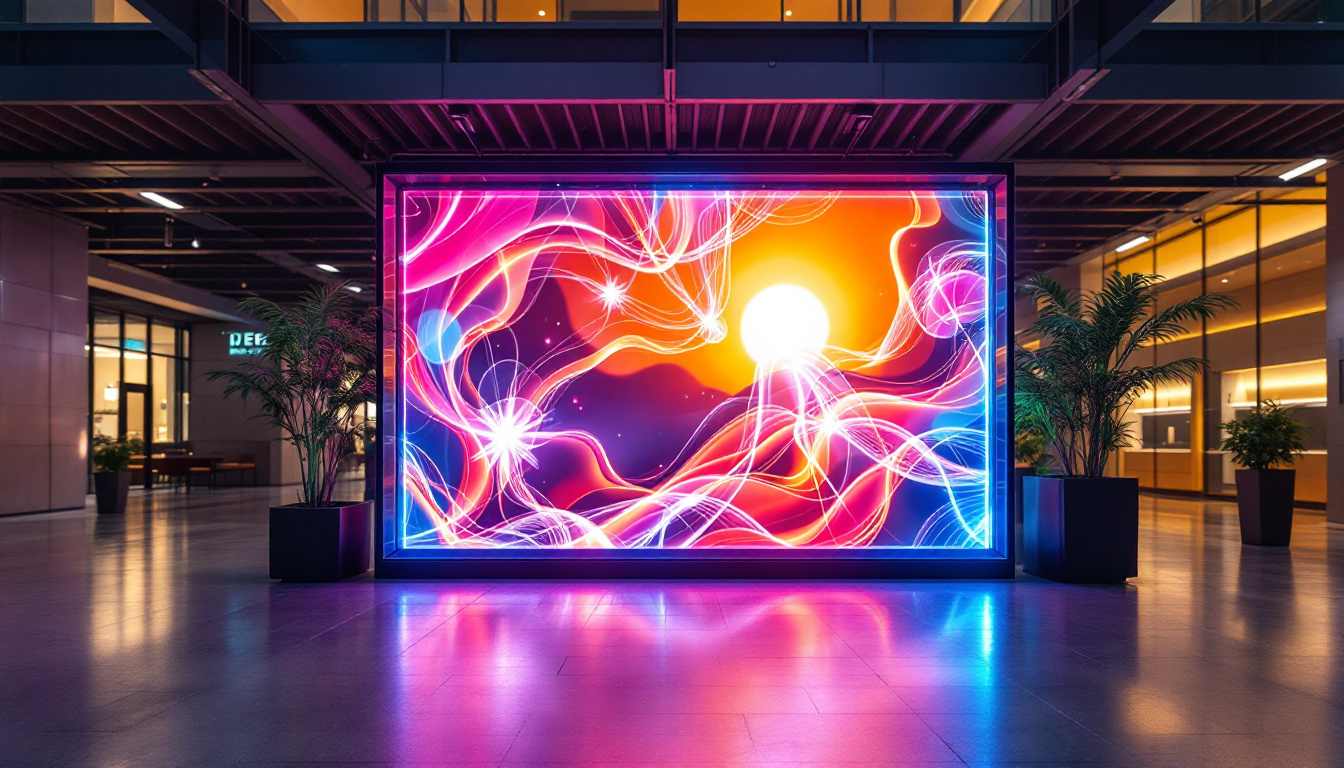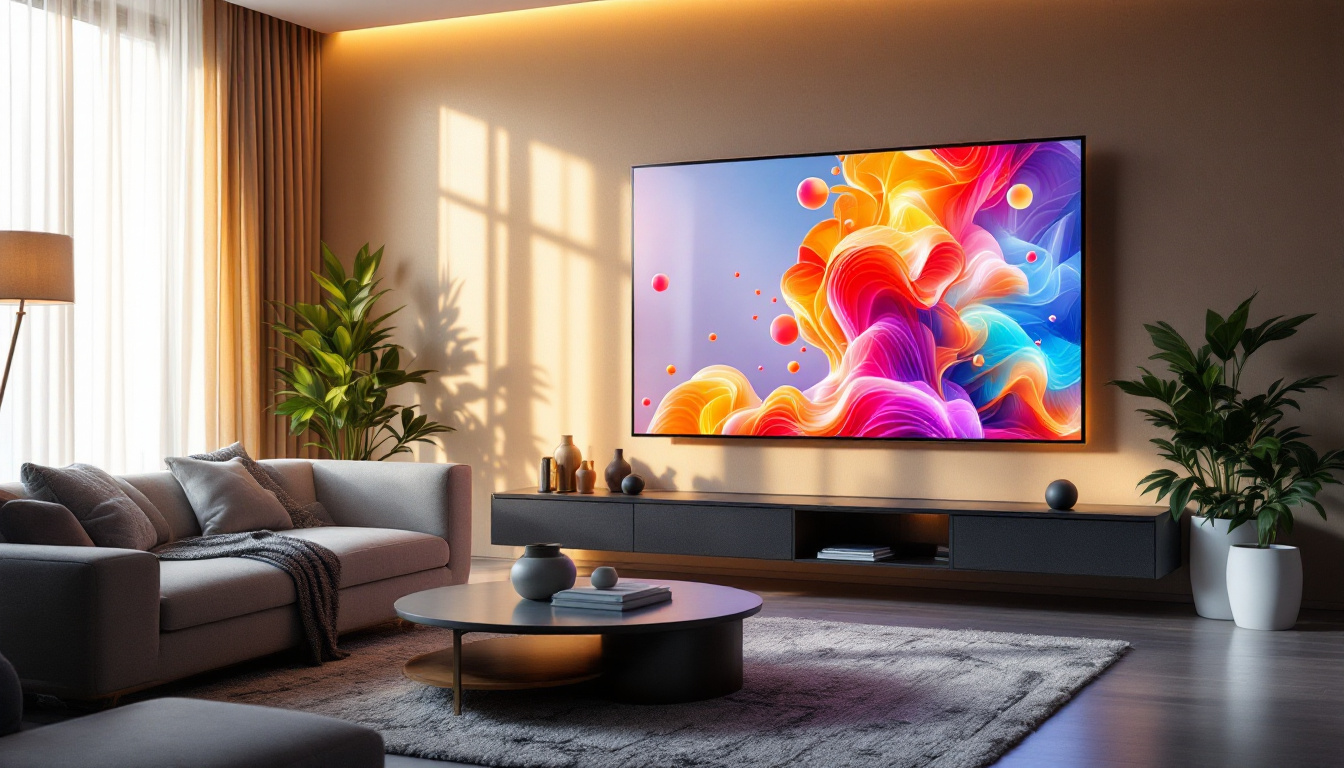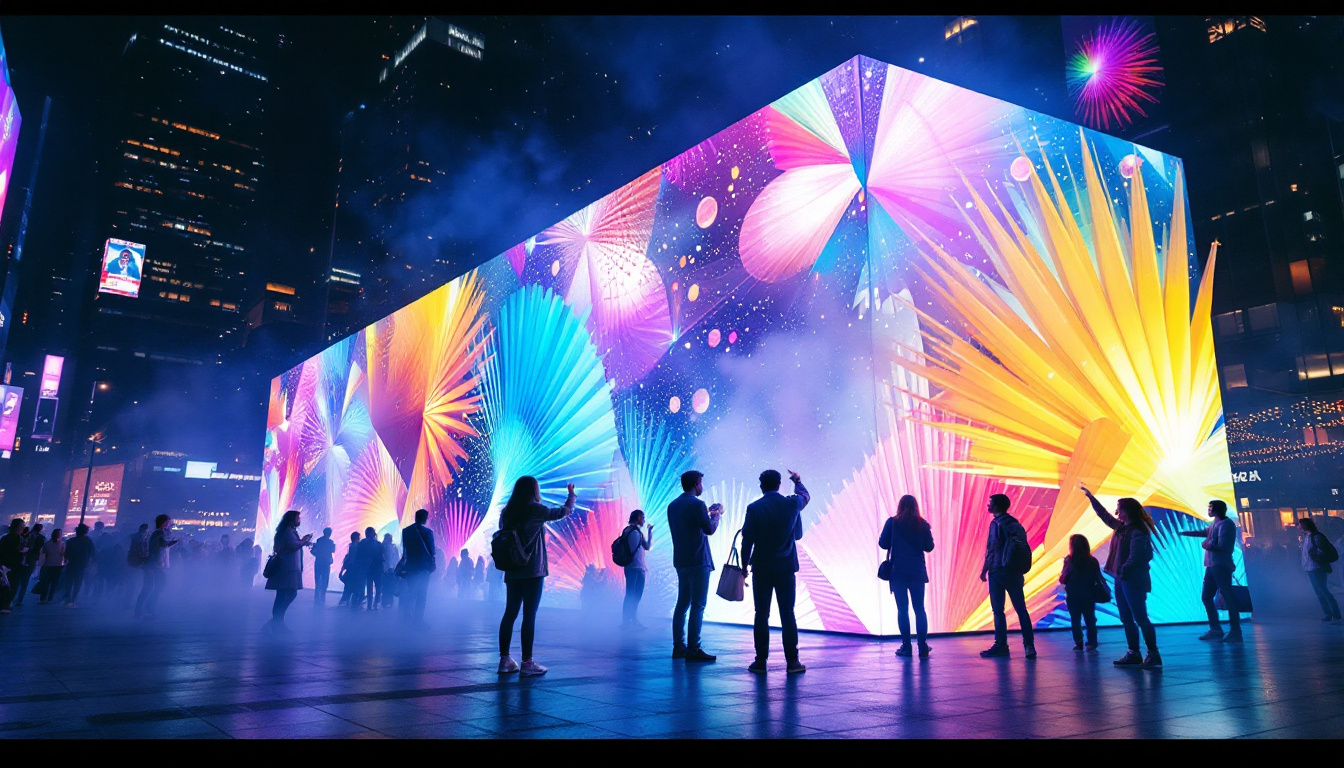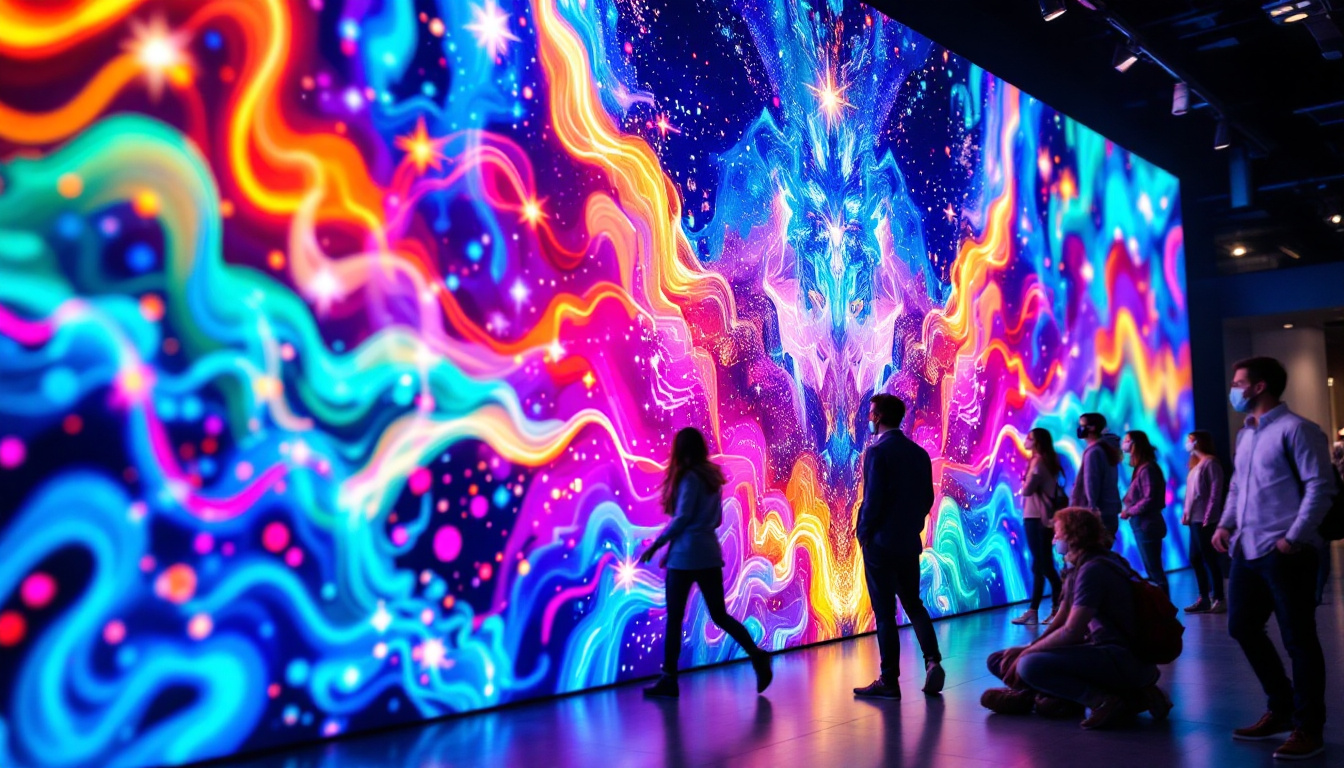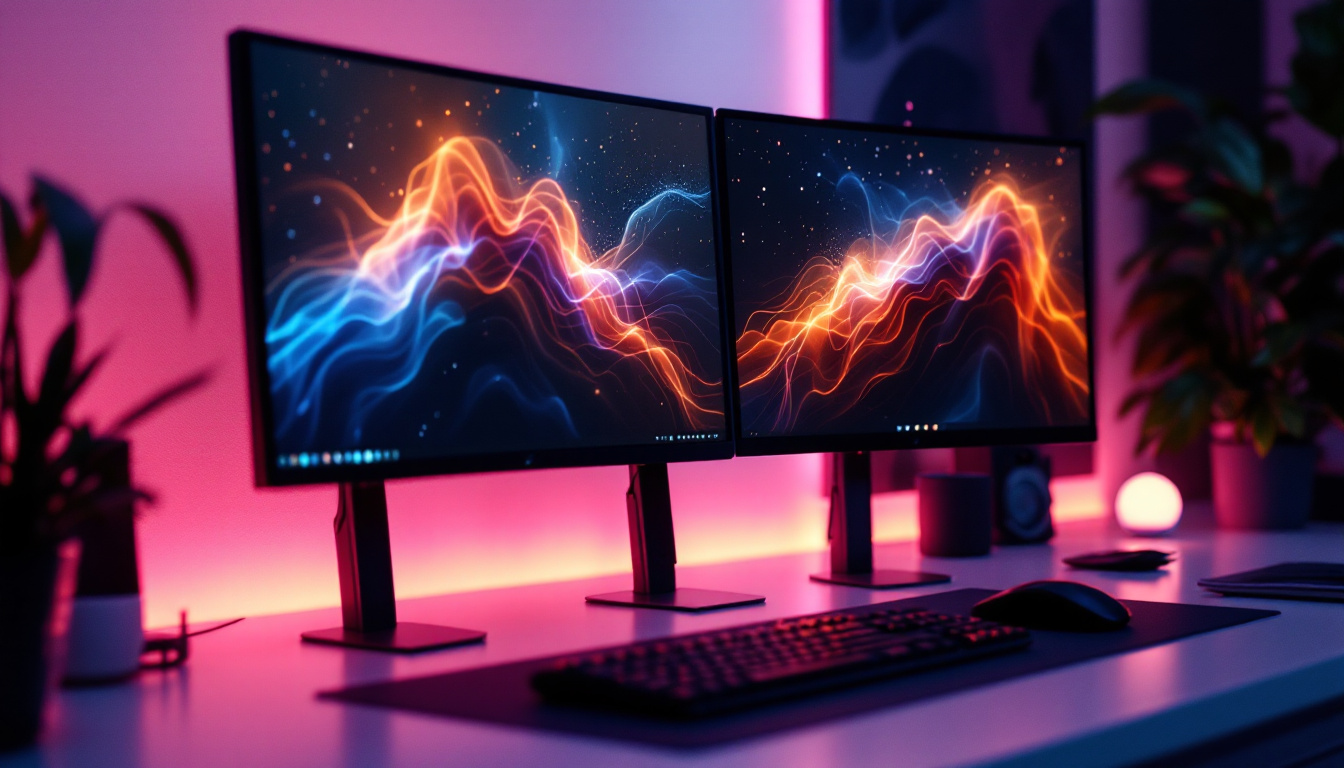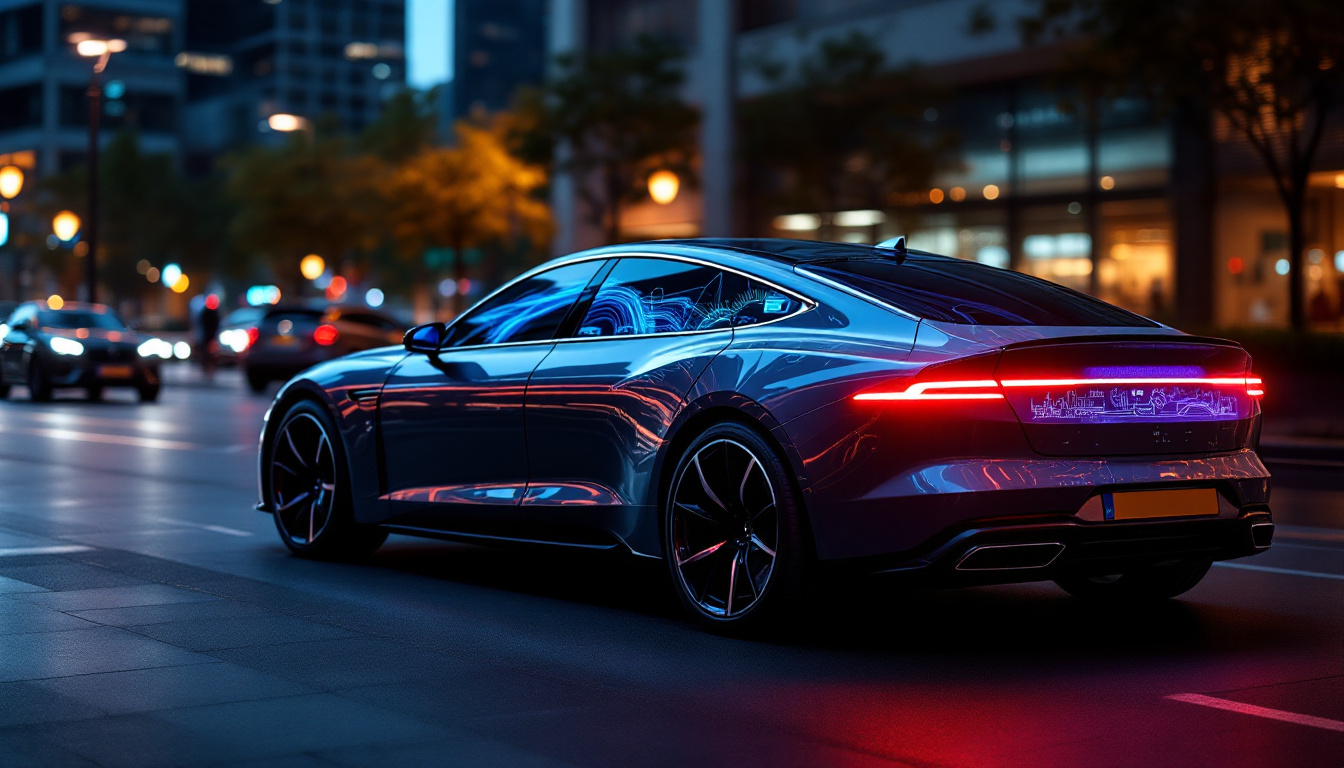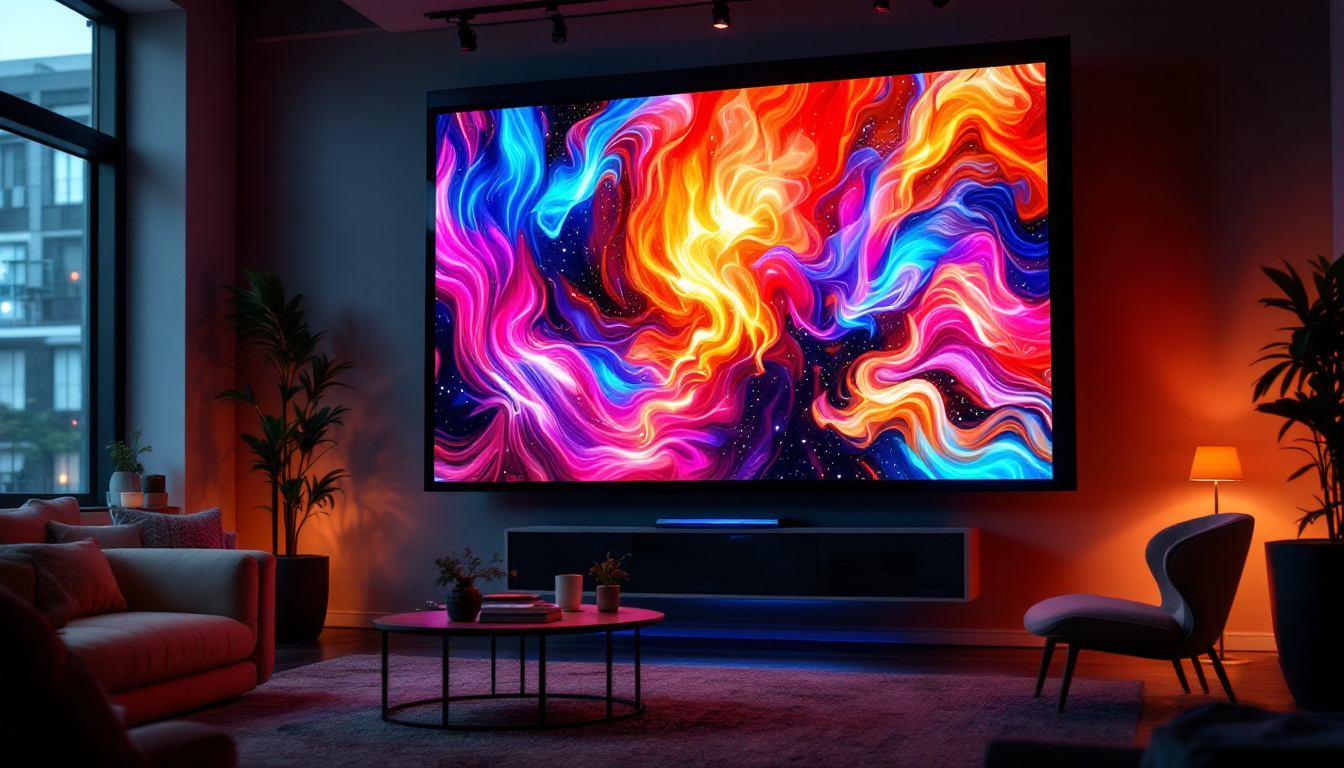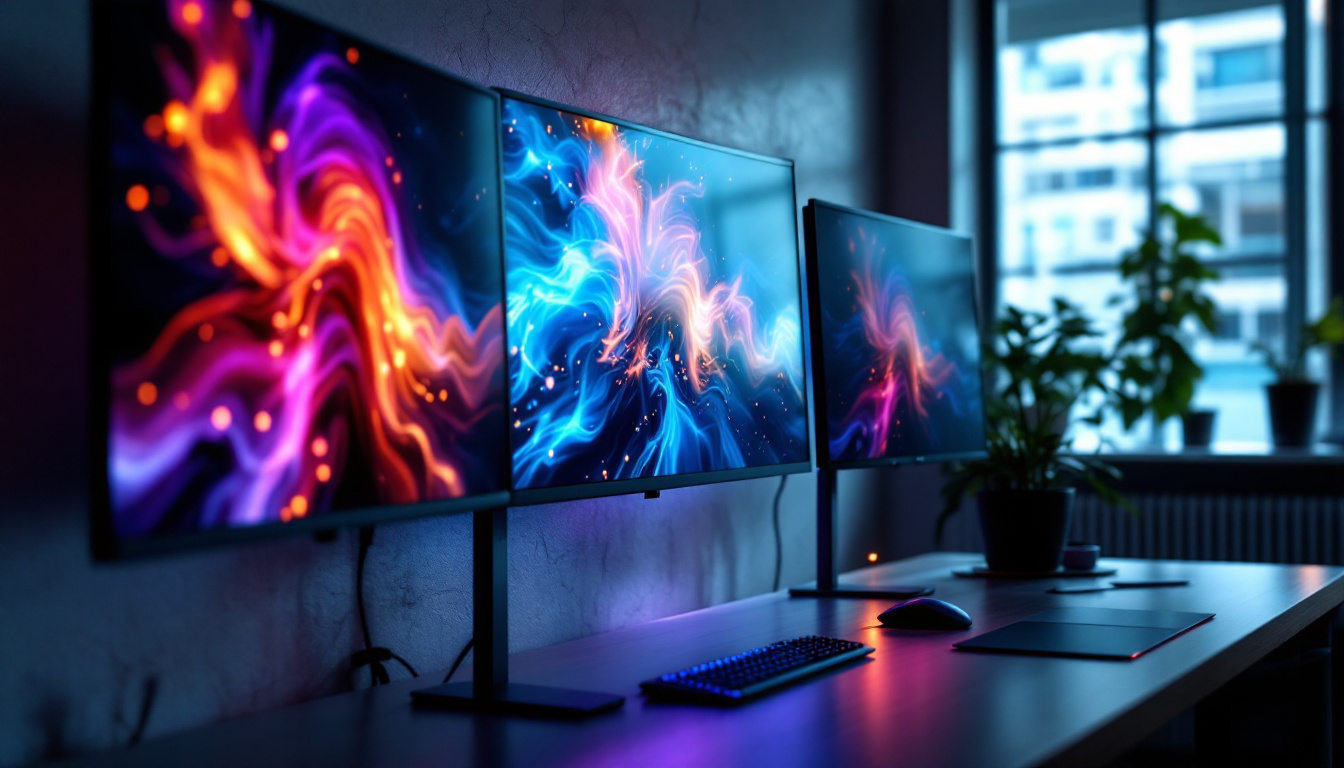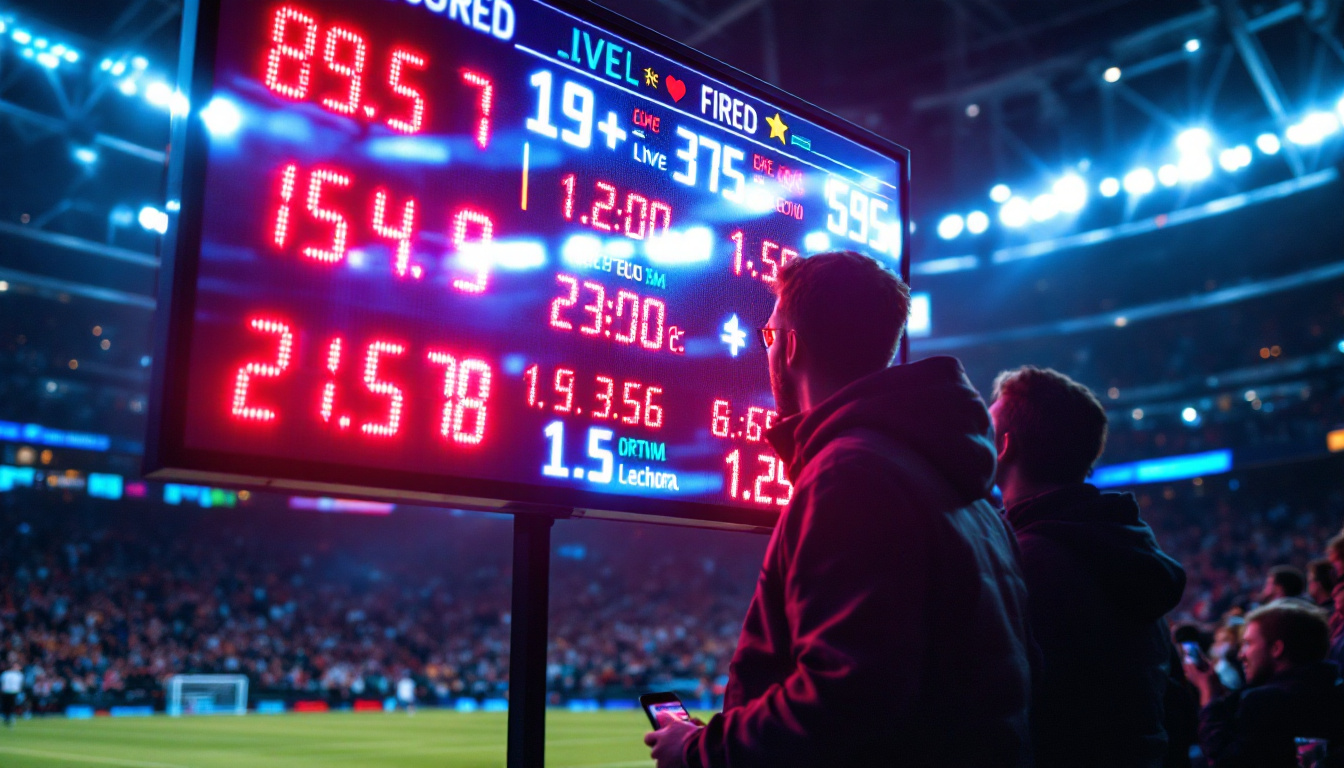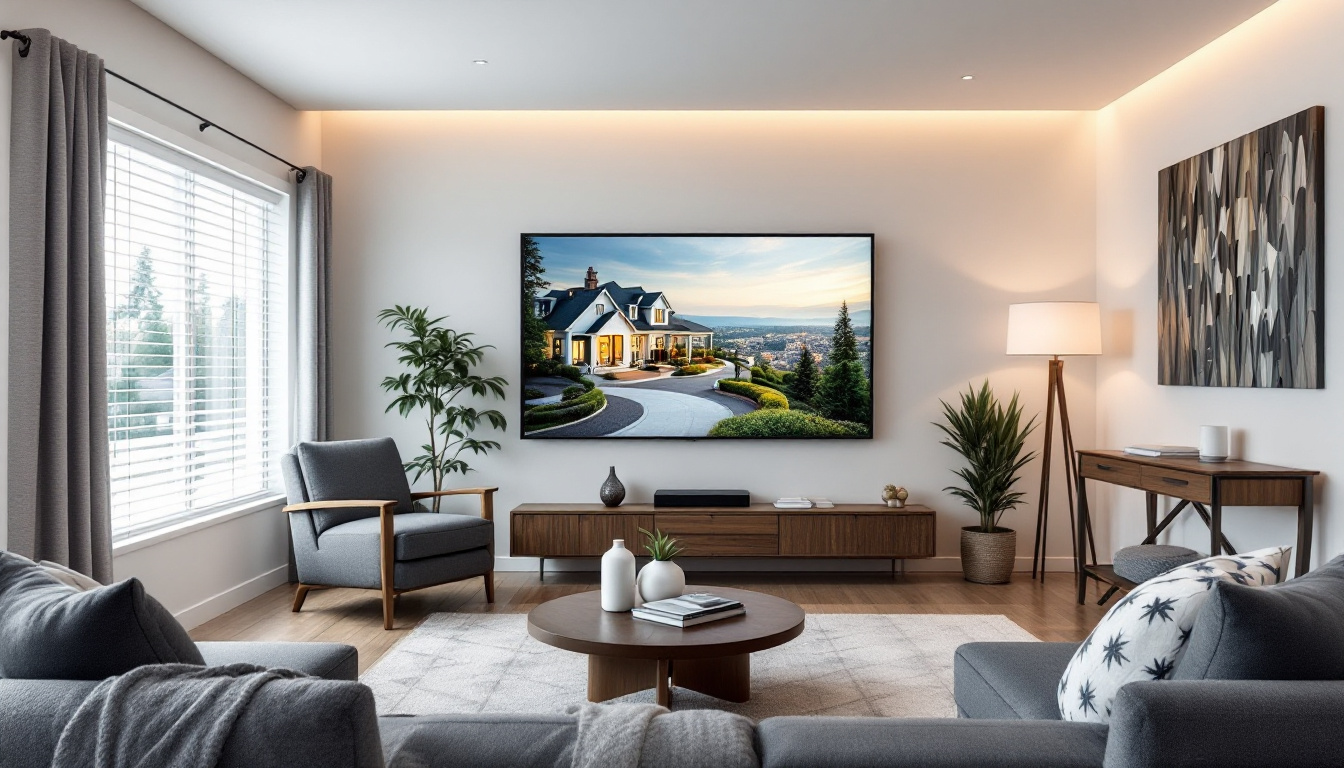In the modern world of technology, LED displays have become ubiquitous, transforming the way information is presented across various platforms. From advertising billboards to television screens, LED technology has revolutionized visual communication. This article delves into the intricacies of LED displays, exploring their functionality, advantages, applications, and future trends.
What is an LED Display?
An LED display, or Light Emitting Diode display, is a flat panel display technology that utilizes light-emitting diodes as its primary source of illumination. Unlike traditional displays that rely on backlighting, LED displays produce light directly, allowing for brighter images and greater energy efficiency. This technology has revolutionized the way we interact with visual media, providing sharper images and vibrant colors that enhance the viewing experience.
How LED Displays Work
At the core of an LED display are individual pixels made up of red, green, and blue (RGB) diodes. By varying the intensity of these diodes, a wide spectrum of colors can be produced. When combined, these pixels create a cohesive image that can be viewed from various angles. The precision with which these colors can be manipulated allows for stunning visuals that are particularly effective in dynamic environments such as concerts, sports events, and advertising displays.
There are two primary types of LED displays: direct-view and backlit. Direct-view displays consist of individual LEDs arranged in a grid, while backlit displays use LEDs to illuminate an LCD panel from behind. Both types have their unique advantages and are used in different applications. For instance, direct-view displays are often favored for large outdoor billboards due to their high brightness and visibility in sunlight, while backlit displays are commonly used in televisions and computer monitors for their ability to produce deep blacks and vibrant colors.
Types of LED Displays
LED displays can be categorized into several types based on their application and technology. The most common types include:
- Indoor LED Displays: These are designed for use in controlled environments such as shopping malls, airports, and conference centers. They typically have a higher pixel density, providing clearer images at close range. Indoor displays are often used for presentations, advertisements, and entertainment, enhancing the ambiance of the space.
- Outdoor LED Displays: Built to withstand harsh weather conditions, outdoor displays are often used for advertising and public information. They are brighter and have a lower pixel density compared to indoor displays. These displays are engineered to be visible from great distances, making them ideal for highway billboards and stadiums.
- Transparent LED Displays: These innovative displays allow light to pass through, making them ideal for applications like storefronts and exhibitions where visibility is essential. They create a unique visual experience by blending the digital content with the physical environment, often used in retail to showcase products while maintaining an open feel.
In addition to these common types, there are also specialized LED displays such as flexible LED screens that can be curved or shaped to fit unique spaces, and high-definition LED displays that offer superior resolution for professional applications. The versatility of LED technology continues to expand, allowing for creative installations that capture attention and engage audiences in new ways. As advancements in LED technology progress, we can expect even more innovative applications that will redefine how we perceive visual information in our daily lives.
Advantages of LED Displays
LED displays offer a multitude of advantages that make them a preferred choice for various applications. Their inherent qualities contribute to enhanced visual experiences and operational efficiency.
Energy Efficiency
One of the most significant benefits of LED technology is its energy efficiency. LED displays consume significantly less power compared to traditional LCD or plasma displays. This not only reduces operational costs but also minimizes the environmental impact, making LED displays a sustainable choice. Moreover, the lower energy consumption translates to reduced heat generation, which can extend the life of the display components and reduce the need for additional cooling systems in enclosed spaces.
Brightness and Clarity
LED displays are known for their exceptional brightness and clarity. They can produce vivid colors and high contrast ratios, ensuring that images remain sharp and clear even in bright sunlight. This makes them ideal for outdoor advertising and public displays. Furthermore, the ability to adjust brightness levels dynamically allows for optimal viewing experiences in varying lighting conditions, enhancing the effectiveness of the content being displayed. This adaptability is particularly beneficial for events or locations that experience fluctuating light environments throughout the day.
Longevity and Durability
LED displays have a longer lifespan compared to conventional displays. With proper maintenance, they can last up to 100,000 hours or more. Additionally, they are more resistant to shock and vibration, making them suitable for a variety of environments. Their robust construction means they can withstand harsh weather conditions, including rain, snow, and extreme temperatures, which is crucial for outdoor installations. This durability not only reduces replacement costs but also ensures consistent performance over time, making LED displays a reliable investment for businesses and organizations.
Versatility in Design
Another notable advantage of LED displays is their versatility in design. They can be manufactured in various shapes and sizes, allowing for creative installations that can fit into any architectural space. From large-scale billboards to intricate indoor displays, the flexibility of LED technology enables designers to push the boundaries of traditional display formats. Additionally, advancements in flexible LED technology have led to the creation of curved and even transparent displays, opening up new possibilities for innovative advertising and artistic applications.
Low Maintenance Requirements
LED displays also require significantly less maintenance than their counterparts. With fewer components susceptible to wear and tear, the overall upkeep is simplified, leading to reduced downtime and service costs. Many LED systems come equipped with self-diagnostic features that alert users to potential issues before they become significant problems, further enhancing reliability. This low-maintenance characteristic is particularly advantageous for businesses that rely on consistent display performance to engage customers and convey messages effectively.
Applications of LED Displays
The versatility of LED displays allows them to be used in a wide range of applications across different industries. Their ability to convey information effectively makes them a valuable tool in various settings.
Advertising and Marketing
One of the most prominent applications of LED displays is in advertising. Businesses utilize LED billboards and screens to capture the attention of potential customers with dynamic content. The ability to change advertisements quickly and easily makes LED displays an attractive option for marketers.
Entertainment and Events
In the entertainment industry, LED displays are used extensively for concerts, sports events, and exhibitions. Large LED screens provide audiences with an immersive experience, enhancing the visual appeal of performances and presentations. Their flexibility allows for creative displays that can be tailored to specific events.
Transportation and Public Information
LED displays play a crucial role in transportation systems, providing real-time information to commuters. From bus and train schedules to flight information at airports, these displays ensure that passengers are well-informed. Additionally, they are used in traffic management systems to convey important messages to drivers.
Future Trends in LED Display Technology
The LED display industry is continuously evolving, with new technologies and innovations emerging regularly. Understanding these trends can provide insight into the future of visual communication.
Advancements in Resolution
As technology progresses, the demand for higher resolution displays is increasing. The introduction of microLED and miniLED technologies promises to deliver even finer pixel densities, resulting in sharper images and improved color accuracy. This advancement will enhance the viewing experience across various applications.
Integration with Smart Technology
Smart technology is becoming increasingly integrated with LED displays. Features such as touch sensitivity, connectivity with mobile devices, and compatibility with augmented reality (AR) are becoming standard. This integration allows for more interactive and engaging experiences for users.
Sustainability Initiatives
With growing concerns about environmental impact, the LED display industry is focusing on sustainability. Manufacturers are exploring eco-friendly materials and energy-efficient production processes. Additionally, recycling programs for old displays are being implemented to reduce waste.
Challenges Facing LED Display Technology
Despite the numerous advantages, LED display technology is not without its challenges. Addressing these issues is crucial for the continued growth and adoption of this technology.
Cost of Implementation
While the prices of LED displays have decreased over the years, the initial investment can still be significant, particularly for large installations. Businesses must weigh the long-term benefits against upfront costs when considering LED technology.
Technical Limitations
LED displays, particularly outdoor models, can face technical limitations such as viewing angle restrictions and color consistency issues. Manufacturers are continually working to overcome these challenges, but they remain a consideration for potential users.
Market Competition
The LED display market is highly competitive, with numerous manufacturers vying for market share. This competition can lead to price wars and a race to innovate, which may impact product quality and customer service.
Conclusion
LED displays have undeniably transformed the landscape of visual communication. Their energy efficiency, brightness, and versatility make them a preferred choice across various industries. As technology continues to advance, the future of LED displays looks promising, with innovations that will enhance user experience and sustainability.
Understanding the intricacies of LED displays is essential for businesses and consumers alike. By staying informed about the latest trends and challenges, stakeholders can make educated decisions about incorporating LED technology into their operations. The evolution of LED displays is a testament to the power of innovation in shaping the way we interact with information and entertainment.
Explore Cutting-Edge LED Display Solutions with LumenMatrix
As you consider the future of visual communication and the role LED displays play in it, LumenMatrix stands at the forefront of this technological evolution. With a commitment to innovation and quality, LumenMatrix offers a diverse range of LED display solutions tailored to meet your needs. From Indoor and Outdoor LED Wall Displays to specialized options like Vehicle, Sports, and Floor LED Displays, as well as Custom and All-in-One solutions, our products are designed to captivate and engage. Experience the transformative power of LED displays and elevate your brand’s visibility with our Transparent and LED Poster Displays. We invite you to Check out LumenMatrix LED Display Solutions and join us in revolutionizing visual communication.

